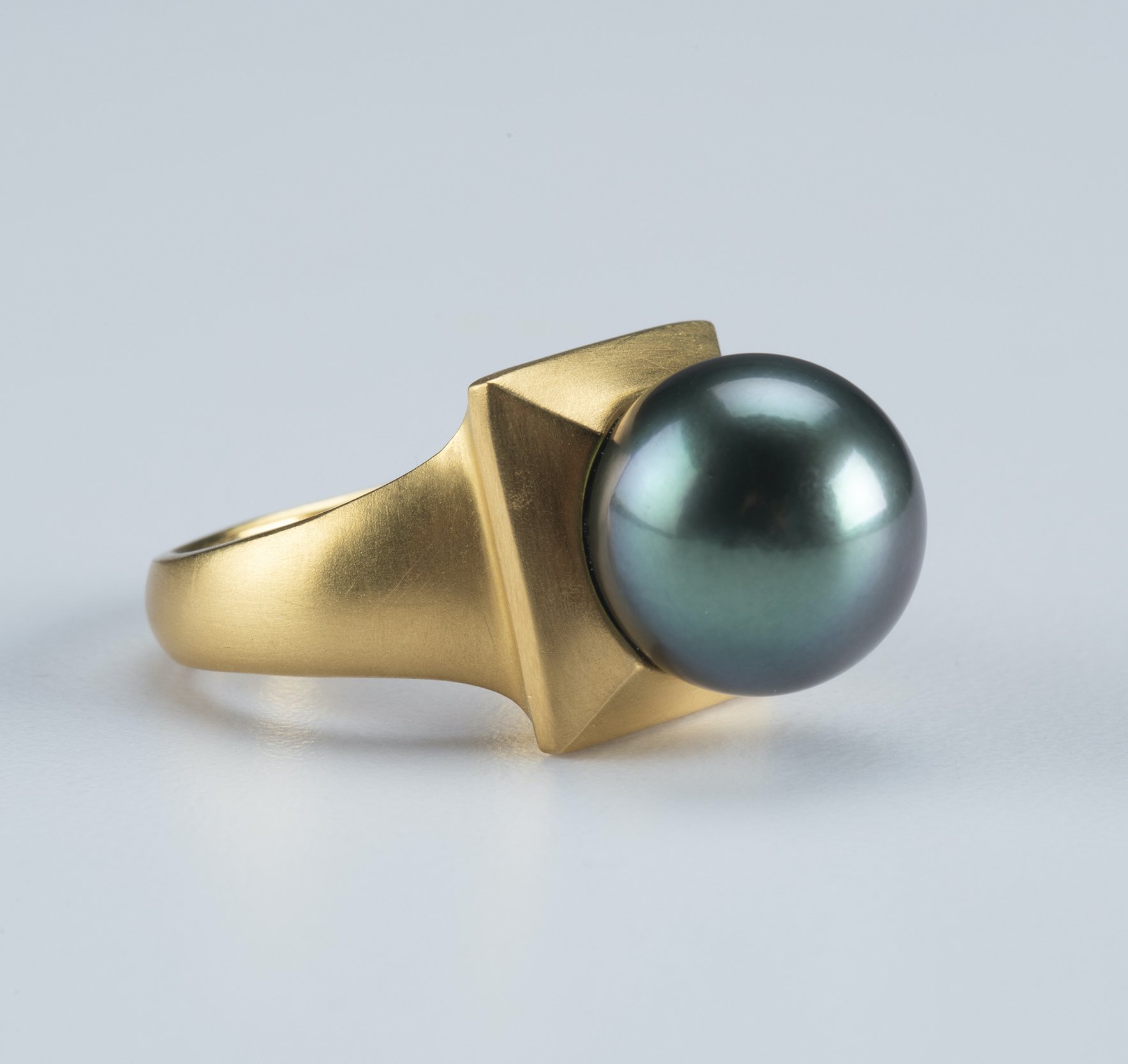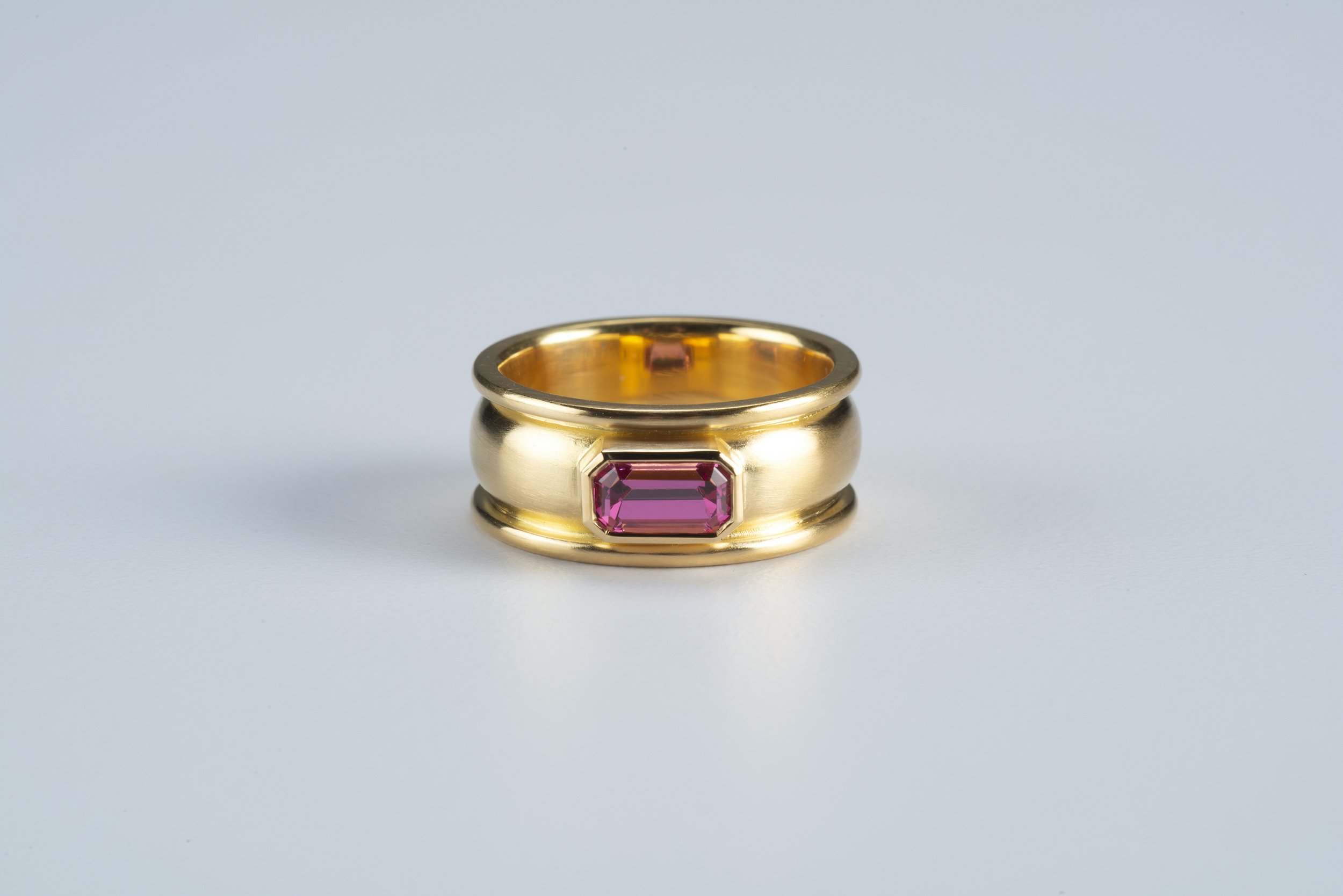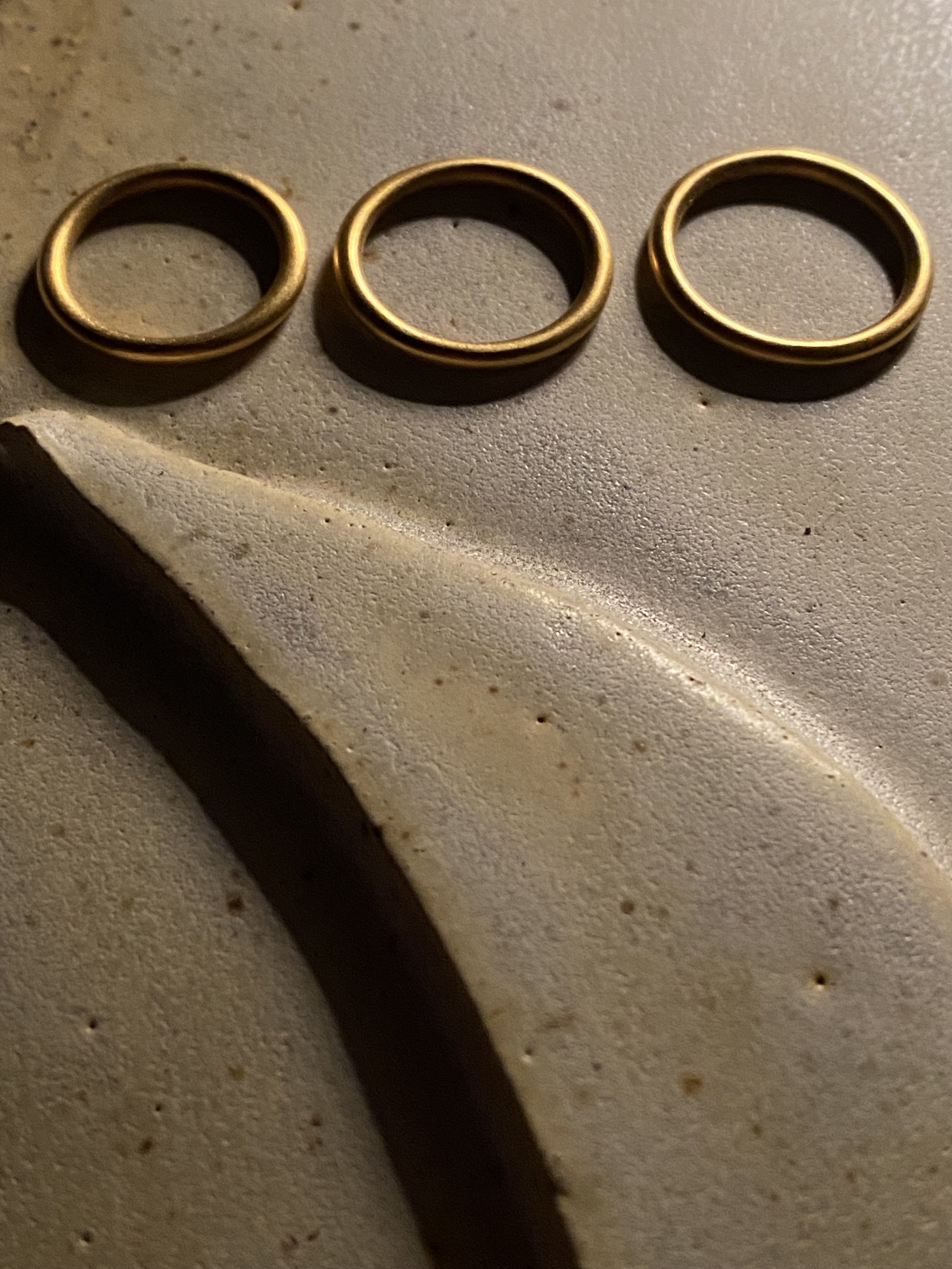ABOUT TAHITIAN PEARLS
Tahitian pearls, also known as black pearls, are a type of cultured pearls that are primarily cultivated in the waters surrounding Tahiti and other islands in French Polynesia. Unlike traditional white pearls, Tahitian pearls come in a variety of dark colors, ranging from black to gray, with overtones of blue, green, purple, and even pink.
Here are some key characteristics of Tahitian pearls:
Size and Shape: Tahitian pearls are typically larger than other types of pearls, with an average size ranging from 8 to 16 millimeters in diameter. They can grow as large as 18 millimeters or more. In terms of shape, Tahitian pearls can be round, semi-round, baroque (irregularly shaped), or circled (featuring concentric rings).
Color: One of the most distinctive features of Tahitian pearls is their natural dark color. While often referred to as black pearls, they come in a wide array of hues. The body color can range from black to various shades of gray, and the pearls often exhibit vibrant overtones that add depth and complexity to their appearance. These overtones can include shades of blue, green, purple, silver, and pink.
Luster: Tahitian pearls are renowned for their impressive luster. Luster refers to the way light reflects off the pearl's surface, creating a radiant glow. Tahitian pearls often display a high level of luster, which enhances their beauty and contributes to their allure.
Cultivation: Like other cultured pearls, Tahitian pearls are formed through a process known as pearl cultivation. A nucleus, typically a small round bead made from mother-of-pearl, is implanted into the oyster. The oyster then secretes layers of nacre around the nucleus, forming the pearl over time. The cultivation period for Tahitian pearls can range from 1 to 3 years.
Rarity and Value: Tahitian pearls are considered quite rare and valuable due to their unique and exotic qualities. Their larger size, dark coloration, and stunning overtones make them highly sought after in the world of jewelry. The value of a Tahitian pearl depends on various factors, including size, shape, color, luster, surface quality, and overall desirability.


















